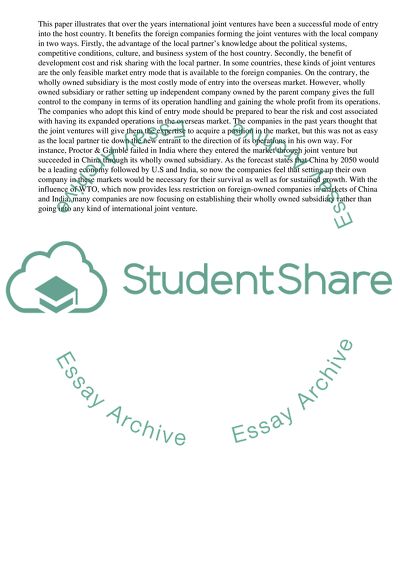Cite this document
(“Identification of Reasons for Preference of Wholly Owned Subsidiaries Essay”, n.d.)
Identification of Reasons for Preference of Wholly Owned Subsidiaries Essay. Retrieved from https://studentshare.org/business/1637064-international-collaboration
Identification of Reasons for Preference of Wholly Owned Subsidiaries Essay. Retrieved from https://studentshare.org/business/1637064-international-collaboration
(Identification of Reasons for Preference of Wholly Owned Subsidiaries Essay)
Identification of Reasons for Preference of Wholly Owned Subsidiaries Essay. https://studentshare.org/business/1637064-international-collaboration.
Identification of Reasons for Preference of Wholly Owned Subsidiaries Essay. https://studentshare.org/business/1637064-international-collaboration.
“Identification of Reasons for Preference of Wholly Owned Subsidiaries Essay”, n.d. https://studentshare.org/business/1637064-international-collaboration.


